Stobi, an ancient city located in present-day North Macedonia, offers a fascinating window into the cultural, political, and religious evolution of the Balkans. Initially founded by the Paeonians and later flourishing under Roman rule, Stobi became a vital urban center, strategically positioned at key trade routes. Its rise to prominence and eventual decline offers crucial insights into the historical dynamics of the region.
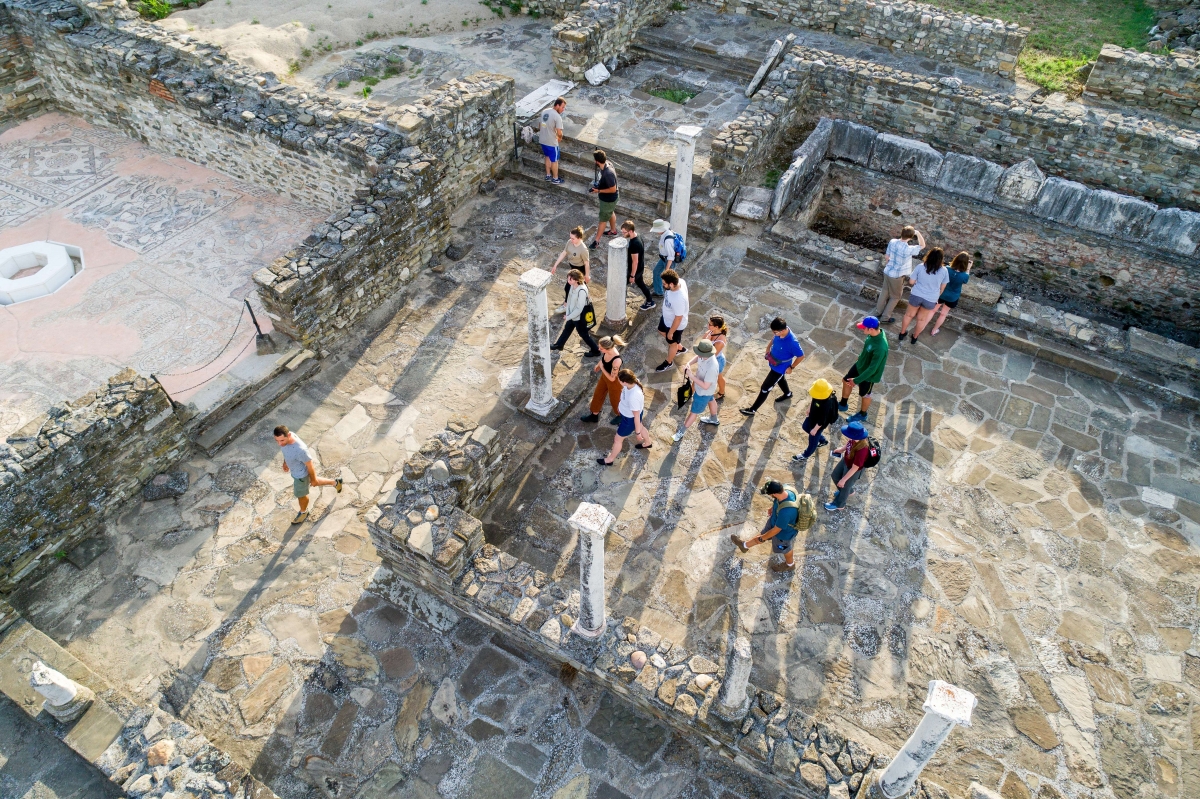
Origins and Strategic Importance
Stobi’s origins trace back to the Paeonian kingdom, which thrived in the ancient Balkans before its conquest by Macedon. The town’s strategic location at the crossroads of important trade routes made it an essential hub for commerce and cultural exchange. With its connection to both the Aegean and the northern Balkans, Stobi was perfectly positioned to play a key role in regional trade and military movements.
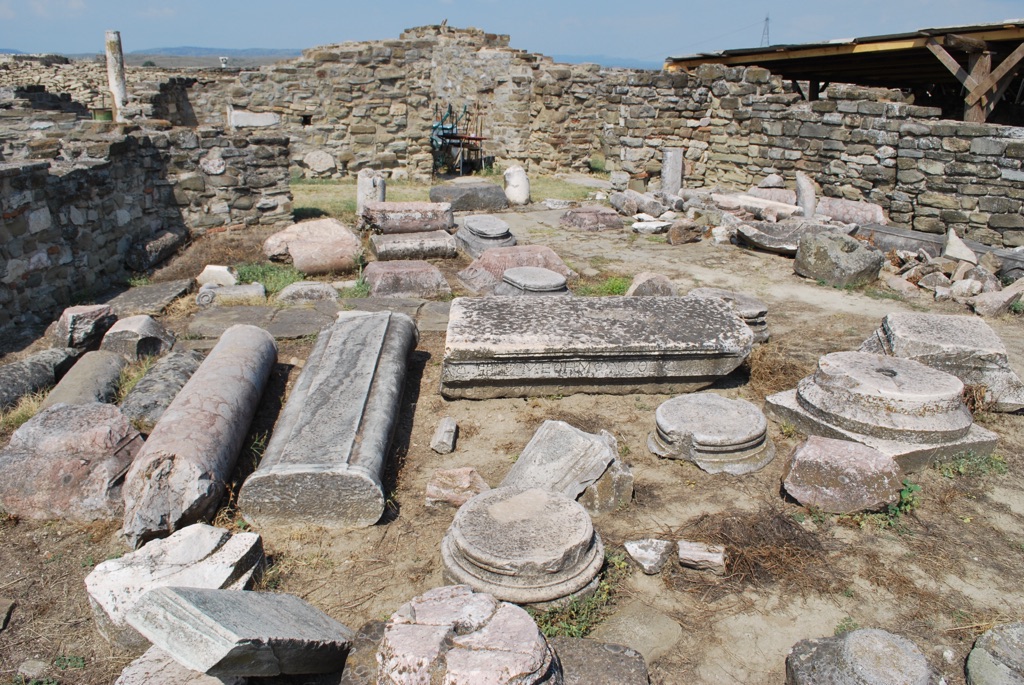
After coming under Macedonian rule, Stobi became an integral part of the expanding Roman Empire. The Romans capitalized on its strategic position, further developing the city’s infrastructure and urban planning.
Roman Prosperity: Architecture and Culture
Under Roman rule, Stobi experienced significant urban growth. The city became a regional capital and a center of commerce and culture, with large public buildings, Christian basilicas, and intricate mosaics. The theater, one of the city’s most iconic structures, could accommodate thousands and served as the heart of social life, hosting performances and public events.
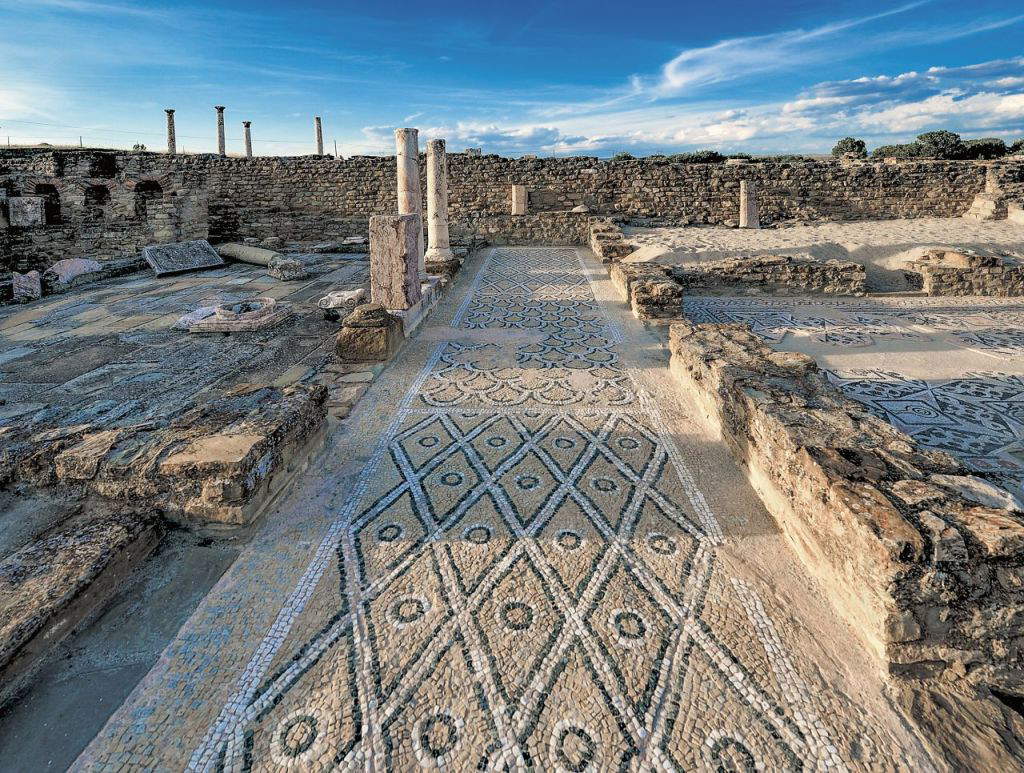
Notably, Stobi also became an important center of early Christianity. The Christian basilicas that were built during the later stages of the Roman Empire show the spread of Christianity in the region. The elaborate mosaics found in these basilicas offer a unique glimpse into the fusion of pagan and Christian iconography.
Decline and Abandonment
Despite its prosperous Roman period, Stobi’s decline began after the 5th century CE, triggered by invasions from the Huns and Goths. These invasions weakened the city’s infrastructure, and its strategic importance diminished. A catastrophic earthquake in the 6th century further exacerbated the decline, causing widespread damage. By the early medieval period, Stobi was largely abandoned, its once-vibrant urban life lost to history.
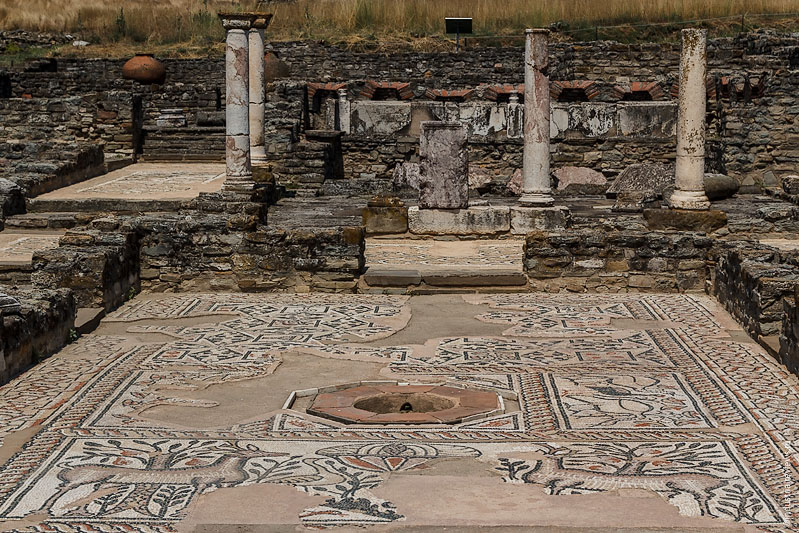
Legacy and Archaeological Importance
Today, Stobi is one of the most important archaeological sites in North Macedonia. Excavations have revealed much about Roman urban life, including well-preserved streets, private homes, and public buildings. The site’s mosaics are particularly notable, providing insight into the art and culture of the time.
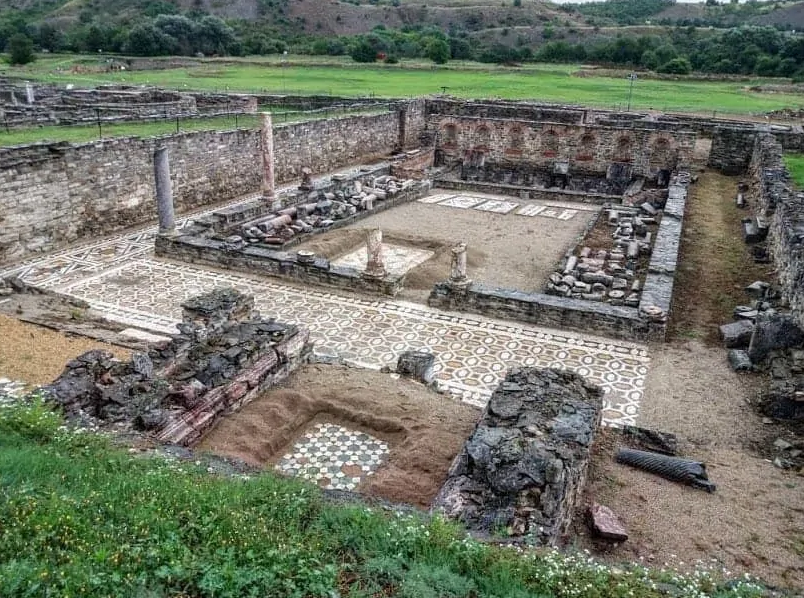
The presence of early Christian basilicas also sheds light on the transition from paganism to Christianity in the region, highlighting Stobi’s significance as a religious center during the late Roman Empire.
Conclusion: A Glimpse into the Ancient World
Stobi’s legacy as a Roman hub of culture, religion, and commerce continues to captivate scholars and visitors alike. From its rise as a strategic trade center to its decline after invasions and natural disasters, Stobi’s history encapsulates the ebb and flow of civilizations in the ancient Balkans. Today, the site serves as a remarkable testament to the region’s rich and complex past, offering a deep understanding of the historical forces that shaped the Roman Empire and early Christianity.

